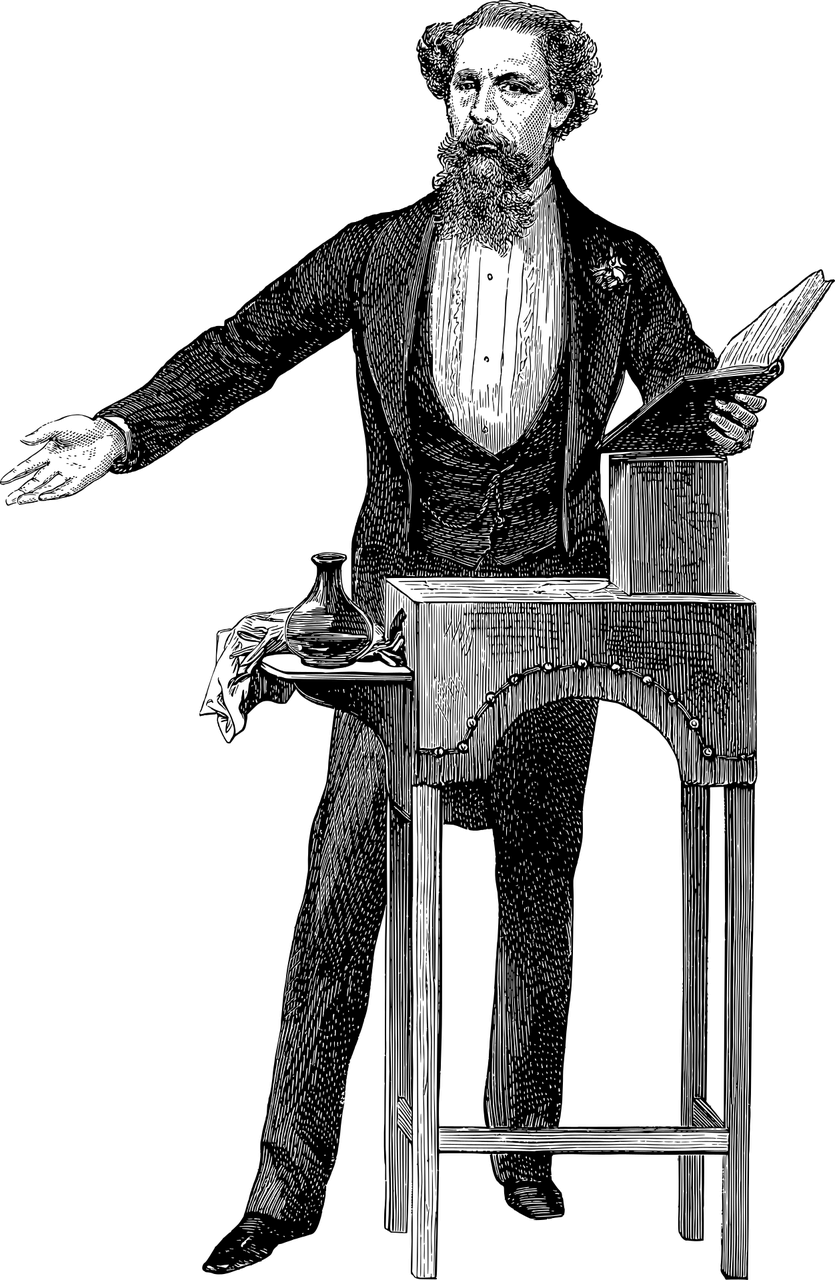Pride and Prejudice by Jane Austen - A Timeless Tale of Love and Society

Introduction:
Pride and Prejudice is a renowned novel written by Jane Austen, a prominent English author of the 19th century. Published in 1813, the novel has captivated readers for centuries with its wit, social commentary, and unforgettable characters. In this article, we will delve into the intriguing world of Pride and Prejudice, offering a comprehensive overview for those interested in this literary masterpiece.
Historical Evolution:

Pride and Prejudice has enjoyed a rich historical evolution, becoming an enduring classic in English literature. Its popularity transcends time, attracting readers across generations. To fully understand the novel’s significance, we must explore its historical context and development throughout the years.
1. Initial Reception and Contemporary Relevance:
Upon its publication, Pride and Prejudice received mixed reviews, but Austen’s keen observations of society garnered attention. The novel’s social commentary and exploration of themes such as class, marriage, and morality still resonate today. Its enduring relevance lies in Austen’s ability to portray human nature and societal norms in a compelling and relatable manner.
2. Literary Recognition:
Over time, Pride and Prejudice gained increasing recognition for its literary merits. The novel showcases Austen’s mastery of character development, sparkling dialogue, and subtle satire. Through the introduction of memorable characters like Elizabeth Bennet and Mr. Darcy, Austen captivates readers with a narrative that transcends time.
3. Legacy and Adaptations:
Pride and Prejudice’s enduring popularity has led to numerous adaptations in different forms of media. From stage plays to films and television series, audiences continue to be enthralled by the story’s timeless themes. These adaptations further reinforce the novel’s position as a cultural touchstone, ensuring its relevance for generations to come.
Structure and Formatting:
To enhance the likelihood of this article being featured as a snippet on Google search results, the following structure and formatting can be employed:
1. Introducing Pride and Prejudice: A Timeless Tale
– Briefly summarizing the novel’s plot and main characters
– Emphasizing its enduring appeal and unique place in literary history
2. Historical Overview
a) Initial Reception and Contemporary Relevance
– Discussing the novel’s mixed reviews upon publication
– Highlighting its social commentary and enduring relevance
b) Literary Recognition
– Analyzing Austen’s masterful storytelling techniques
– Exploring the novel’s character development and clever dialogue
c) Legacy and Adaptations
– Illuminating the novel’s enduring popularity through adaptations
– Discussing the impact of Pride and Prejudice in popular culture
Conclusion:
Pride and Prejudice remains a literary masterpiece, cherished by readers worldwide. Jane Austen’s insightful portrayal of society, coupled with her captivating characters, have made this novel a timeless classic. Its historical evolution, from initial reception to modern adaptations, showcases the enduring appeal and cultural significance of Pride and Prejudice. Whether you’re a literature enthusiast, a collector, or simply someone seeking a compelling tale, this novel is a must-read. Delve into its pages, and you’ll be transported to a world where love, society, and human nature intertwine in the most enchanting way.





